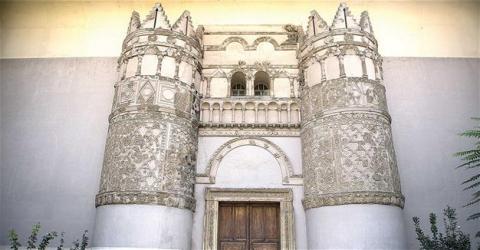Ancient city of Palmyra in intensive care after destruction by ISIL

Historic artifacts have survived throughout Syria's rich history but have taken its place amongst an array of those damaged during the six-year war in the country.
The ancient city of Palmyra, which was seized and destroyed by the Islamic State of Iraq and the Levant (ISIL) in 2015, had swung back under the Syrian government's control early March.
The "wounded" artifacts in the city are now being healed at the National Museum of Damascus. One of them is the Lion of Al-Lat, which symbolizes a goddess.
Once a destination for tourists from around the world, mostly from Turkey, the National Museum of Damascus is now abandoned. There are only two to three students apart from us. Our guide said tourists had stopped coming since 2011, when the civil war began.
The museum, which was opened in 1936, is undergoing restoration right now. Restoration was launched with the thought that the war will end and tourists will begin coming again. Historic artifacts from various parts of Syria are being displayed in its garden. The Lion of Al-Lat is the newest guest.
A local of Palmyra, the lion is on the UNESCO World Heritage List. The 2,000-year-old ancient city changed hands several times between the Syrian government and ISIL, with the jihadist group destroying the city most extensively in 2015. Conflicts still continue in the city.
Goddess under treatment
The Lion of Al-Lat, found in pieces by Syrian soldiers, was rescued and carried to museums in Damascus nearly six months ago. The lion was discovered by Polish archaeologists in 1977. Now it is being restored by Polish archaeologists in the museum's garden.
While its pieces are tried to be attached to each other, the lion's condition...
- Log in to post comments










